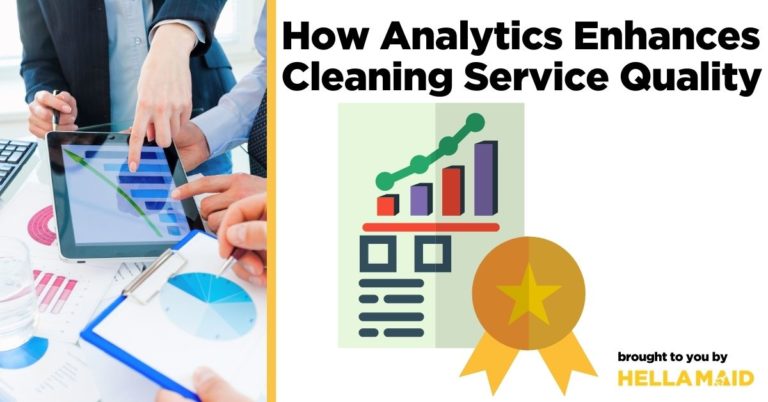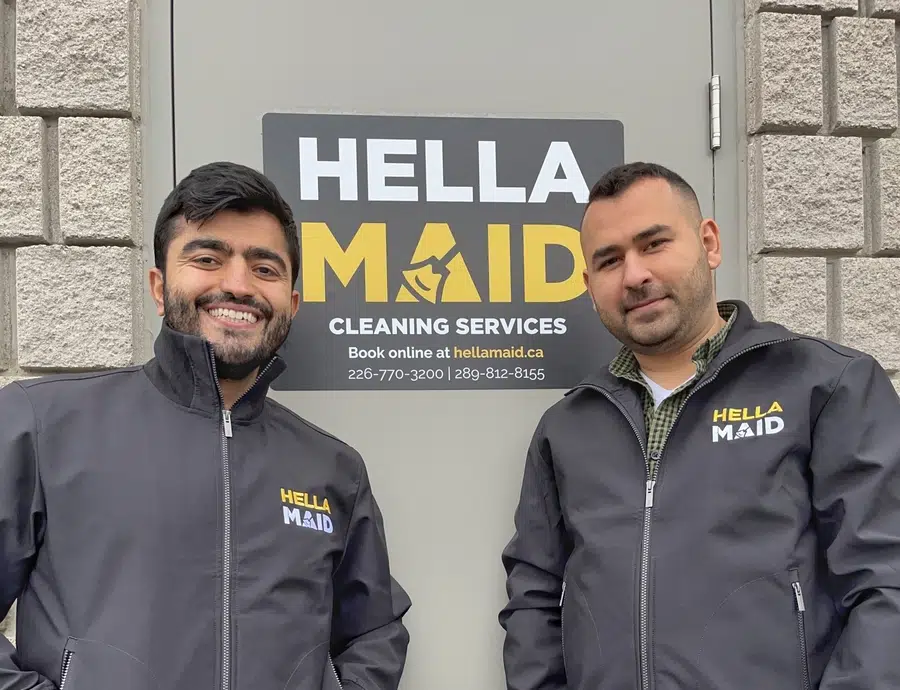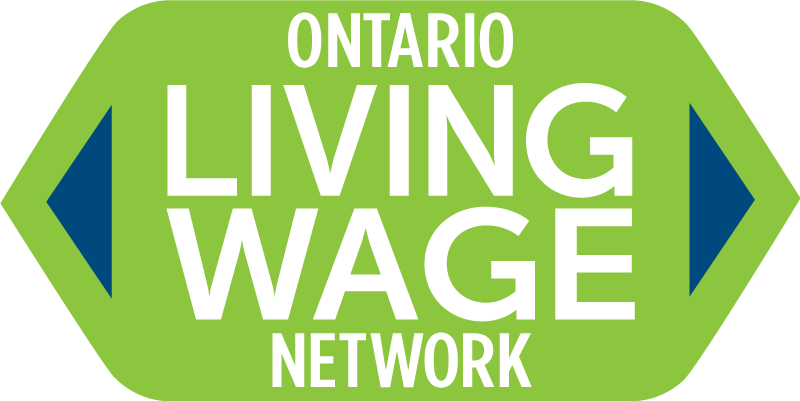Data analytics is helping cleaning companies improve their service quality by providing valuable insights into customer needs and preferences, as well as by tracking staff performance and identifying areas for improvement. By leveraging data analytics tools and techniques, cleaning companies can optimize their cleaning schedules, monitor cleaning performance, predict maintenance needs, analyze customer feedback, and track staff performance, all of which contribute to delivering high-quality cleaning services that meet or exceed customer expectations. In this article, you will discover how data analytics is helping cleaning companies improve their service quality and meet the evolving needs of their customers.
5 Ways in Which Data Analytics is Helping Cleaning Companies Improve Their Service Quality
Optimize Cleaning Schedules
Cleaning schedules are an essential part of any cleaning company’s operations. They dictate when and where cleaning services are provided and are essential for ensuring that buildings and spaces remain clean, hygienic, and safe. However, creating an effective cleaning schedule can be a complex task, especially for large or complex facilities.
This is where data analytics comes in. By analyzing data on foot traffic, occupancy levels, and other relevant factors, cleaning companies can optimize their cleaning schedules to ensure that cleaning teams are deployed efficiently and effectively. For example, a cleaning company might analyze data on foot traffic to determine when and where particular areas of a building are most heavily used. They could then schedule cleaning services accordingly, prioritizing high-traffic areas for more frequent cleaning.
Similarly, cleaning companies can use data on occupancy levels to optimize their cleaning schedules. By analyzing data on when and where people are likely to be present in a building, cleaning companies can ensure that cleaning services are provided when they are most needed. For example, they might schedule cleaning services in a particular area of a building after a meeting or event when the area is likely to be heavily used.
Another important factor in optimizing cleaning schedules is the use of predictive analytics. By analyzing data on previous cleaning activities, cleaning companies can predict when certain areas of a building are likely to require cleaning again. For example, suppose a particular area of a building is consistently heavily used at a particular time of day. In that case, the cleaning company might schedule cleaning services in that area immediately after the rush to ensure that it remains clean and hygienic.
Monitor Cleaning Performance
Monitoring cleaning performance is a crucial part of ensuring that cleaning services are delivered to the highest possible standard. However, traditional methods of monitoring cleaning performance can be time-consuming, labor-intensive, and subjective. This is where data analytics comes in, providing cleaning companies with valuable insights into their cleaning performance and identifying areas for improvement.
One way in which data analytics can be used to monitor cleaning performance is through the use of sensors or other monitoring devices. These devices can be placed in areas that are commonly cleaned, such as bathrooms or kitchens, and used to measure the cleanliness of surfaces. The data collected by these devices can be analyzed to determine which areas are consistently less clean than others and to identify patterns or trends in cleaning performance.
Data analytics can also be used to monitor the performance of cleaning staff. By analyzing data on employee productivity, attendance, and other relevant factors, cleaning companies can identify areas where staff may need more training or support. For example, if a particular employee usually takes longer to clean a particular area than their colleagues, the cleaning company may provide additional training or support to help them improve their performance.
Another important aspect of monitoring cleaning performance is the use of customer feedback. By analyzing feedback data, cleaning companies can identify trends and patterns in customer satisfaction or complaints and use this information to improve their service delivery. For example, if customers consistently complain about a particular issue, such as the cleanliness of restrooms, the cleaning company can take steps to address it and prevent it from recurring in the future.
Predictive Maintenance
Predictive maintenance is an approach to maintenance that uses data analytics to predict when equipment or machinery is likely to fail, allowing maintenance activities to be scheduled proactively before a breakdown occurs. This approach has become increasingly popular in recent years as the availability of data and the capabilities of data analytics have grown.
In the context of cleaning companies, predictive maintenance can be used to identify equipment or machinery that is likely to fail, such as vacuum cleaners or floor scrubbers. By analyzing data on the usage patterns of this equipment, including factors such as run time, frequency of use, and cleaning efficacy, cleaning companies can identify when maintenance activities are likely to be needed.
For example, a cleaning company might use data analytics to monitor the performance of its floor scrubbers. By analyzing data on the frequency of use, run time, and other relevant factors, they might identify that a particular floor scrubber is likely to require maintenance in the near future. They can then schedule maintenance activities proactively before the floor scrubber breaks down, minimizing downtime and avoiding costly repairs.
Another important aspect of predictive maintenance is the use of predictive analytics. By analyzing data on the performance of equipment over time, cleaning companies can identify patterns or trends in performance that may indicate an impending failure. For example, if a particular vacuum cleaner consistently requires repairs after a certain amount of use, the cleaning company can use this data to predict when maintenance activities will be needed in the future.
Customer Feedback Analysis
Customer feedback analysis is an essential tool for cleaning companies, as it provides valuable insights into customer satisfaction and identifies areas for improvement. By analyzing customer feedback data, cleaning companies can identify patterns and trends in customer satisfaction, prioritize areas for improvement, and make data-driven decisions to improve their service delivery.
There are many ways in which cleaning companies can collect customer feedback data, including surveys, comment cards, online reviews, and social media. Once the data has been gathered, it can be analyzed to identify patterns as well as trends in customer satisfaction, such as common complaints or areas of praise.
One way in which customer feedback analysis can be used is to identify areas for improvement. By analyzing data on common complaints or negative feedback, cleaning companies can identify areas where their service delivery may be falling short. For example, if customers consistently complain about the cleanliness of restrooms, the cleaning company may need to review their cleaning processes or increase the frequency of cleaning in these areas.
Similarly, customer feedback analysis can be used to identify areas of praise where the cleaning company is performing well. By analyzing data on positive feedback, cleaning companies can identify areas where their service delivery is exceeding customer expectations. This information can be used to reinforce positive behaviors and practices and to inform training and development activities for cleaning staff.
Another important aspect of customer feedback analysis is the use of sentiment analysis. By analyzing data on customer feedback using natural language processing techniques, cleaning companies can identify the overall sentiment of the feedback, whether positive, negative, or neutral. This information can be used to track changes in customer sentiment over time and to identify areas where sentiment is particularly negative or positive.
Staff Performance Tracking
Staff performance tracking is an important aspect of managing a cleaning company, as it allows managers to identify areas where their staff may need additional training or support, as well as to reward exceptional performance. By tracking staff performance data, cleaning companies can ensure that their staff is performing at the highest possible level, delivering services that meet or exceed customer expectations.
One way in which staff performance tracking can be used is through the use of key performance indicators (KPIs). These are metrics that are utilized to measure the performance of individuals or teams. In the context of cleaning companies, KPIs might include factors such as the number of cleaning tasks completed per hour, the time taken to clean a particular area, or the cleanliness rating of a particular space.
By tracking KPIs, cleaning companies can identify areas where their staff may be falling short and take steps to address these issues. For example, if a particular cleaning team consistently takes longer to clean a particular area than other teams, the cleaning company may provide additional training or support to help them improve their performance.
Another important aspect of staff performance tracking is the use of feedback and recognition. By providing regular feedback on staff performance, cleaning companies can help their staff identify areas where they may need to improve, as well as recognize areas where they are performing well. This feedback can be used to inform training and development activities, as well as to reward exceptional performance through incentives or recognition programs.
Technology can also play an integral role in staff performance tracking. For example, cleaning companies might use electronic monitoring systems to track staff attendance and productivity or to monitor the performance of cleaning equipment in real-time. This data can be used to identify patterns or trends in performance and to make data-driven decisions to improve service delivery.
The Role of Data Analytics in Cleaning Services
Data analytics is revolutionizing the cleaning industry by providing cleaning companies with valuable insights and tools to improve service quality, increase customer satisfaction, and optimize operational efficiency. By leveraging data analytics techniques, cleaning companies can stay ahead of the curve, anticipate their customer needs, and deliver services that exceed expectations. As the cleaning industry continues to evolve, it is clear that data analytics will continue to play an essential role in shaping the future of cleaning services, ensuring that buildings and spaces remain clean, hygienic, and safe for occupants. With the right data analytics strategy and tools, cleaning companies can unlock a wealth of insights and opportunities to deliver exceptional service quality and drive business growth.




























